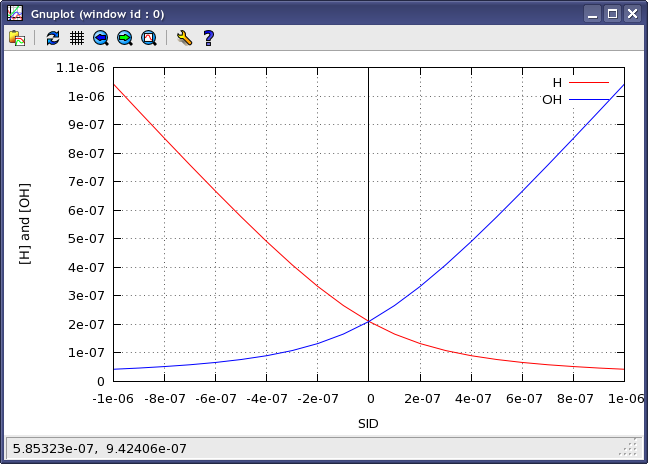du -h | tail -n 1
-
Recent Posts
Archives
Categories
Meta
/*Draft for trail of explaining acidbase.org algorithm in simple way check acidbase.org and http://www.acid-base.com/interpretation.php for more information */
Just trial for creating simple -not too much ![]() – algorithm for quantitative analysis of acid base disturbances using Stewart Fencel approach
– algorithm for quantitative analysis of acid base disturbances using Stewart Fencel approach
The following data will be needed for calculation pH, Na, Cl, K, Albumin, HCO3 values
History.. read the patient lab .. for prediction of expected disturbance”s”.
Check pH .. (Continued)

If you have a widescreen movie and you do not want to scale it to full height, you can use the expand=w:h filter to add black bands. To view a 640×384 DivX, try:
mplayer -ao mpegpes -vo mpegpes -vop lavc,expand=640:576 file.avi
If your CPU is too slow for a full size 720×576 DivX, try downscaling:
mplayer -ao mpegpes -vo mpegpes -vop lavc,scale=352:576 file.avi
If speed does not improve, try vertical downscaling, too:
mplayer -ao mpegpes -vo mpegpes -vop lavc,scale=352:288 file.avi
from http://web.njit.edu/all_topics/Prog_Lang_Docs/html/mplayer/video.html
http://www.chemie.fu-berlin.de/chemnet/use/info/octave/octave_22.html
pct = 37;
filename = "foo.txt";
printf ("Processing of `%s' is %d%% finished.nPlease be patient.n",
filename, pct);
produces output like
Processing of `foo.txt' is 37% finished.
Please be patient.

using java and gnuplot “stupid way but it worked :D”
java code
public class Main {
public static double root1(double insid){
double a=(Math.pow(insid,2))/4;
double roota=Math.sqrt(a+kw);
double hyd=roota-(insid/2);
return hyd;
}
public static double root2(double insid){
double a=(Math.pow(insid,2))/4;
double roota=Math.sqrt(a+kw);
double oh=roota+(insid/2);
return oh;
}
static double sid;
static double kw=4.4*(Math.pow(10,-14));
static double h;
static double oh;
public static void main(String[] args) {
double sidmin=-1*Math.pow(10,-6);
double sidmax=1*Math.pow(10, -6);
double interval = 1*Math.pow(10, -7);
for (sid=sidmin; sid <=sidmax; sid=sid+interval ){
h=root1(sid);
oh=root2(sid);
System.out.println(sid + "t" + h+"t"+ oh);
}
}
}
gnuplot code “data saved in file.txt”
set xlabel " SID "
set ylabel " [H] and [OH] "
set yzeroaxis lt -1
plot "file.txt" using 1:2 with lines title "H" , "file.txt" using 1:3 with lines lc 3 title"OH"